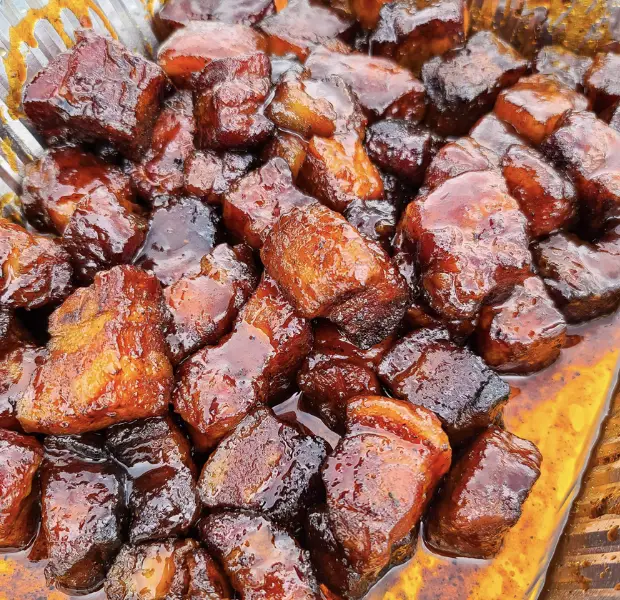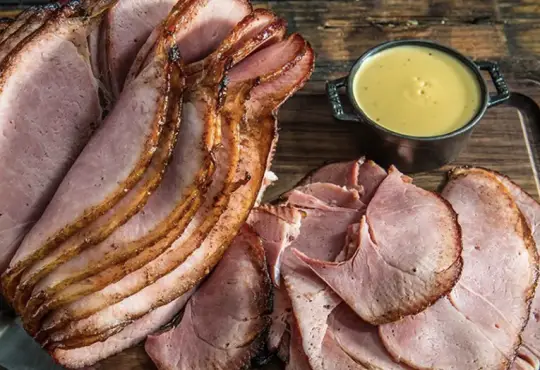
Crunchy or Tender: The Great Debate – Pork Belly Burnt Ends: Skin On or Off?
Pork belly burnt ends have taken the barbecue world by storm, delighting taste buds with their delectable combination of sweet, savory, and smoky flavors. One of the key decisions that pitmasters face when crafting these succulent morsels is whether to leave the skin (rind) on or remove it. In this blog post, we’ll explore the arguments for both sides of the debate – keeping the skin on or removing it – so you can make an informed choice when preparing your own batch of pork belly burnt ends.
The Case for Skin-On Pork Belly Burnt Ends:
1. Added Flavor and Texture: Leaving the skin on can contribute a unique texture and additional flavor to the burnt ends. When crisped up during cooking, the skin can provide a satisfying crunch that contrasts beautifully with the tender meat.
2. Barrier Against Drying: The skin acts as a protective layer that can help prevent the meat from drying out during the smoking process. It acts as a barrier, retaining moisture and yielding juicier burnt ends.
3. Crispy Goodness: When rendered properly, the skin transforms into a delectable crackling that adds an irresistible layer of texture and taste to the finished burnt ends.
The Argument for Skin-Off Pork Belly Burnt Ends:
1. Consistent Cooking: Removing the skin ensures more even and consistent cooking throughout the pork belly, avoiding potential hot spots or uneven textures that might occur when the skin is left on.
2. Seasoning Absorption: Without the skin, the seasoning and smoke flavors can penetrate the meat more effectively, resulting in a more uniform taste profile in every bite.
3. Aesthetic Appeal: Skin-off pork belly burnt ends often have a neater and more visually appealing appearance, showcasing the tender meat and charred edges.
Finding the Middle Ground:
If you’re still undecided or want to achieve the best of both worlds, consider a compromise:
1. Partially Skin-On: Trim some of the skin but leave a portion attached to enjoy the crispy goodness while also benefiting from the direct seasoning and smoke exposure on the meat.
2. Two-Stage Cooking: Start with skin-on pork belly burnt ends for most of the smoking process to benefit from the protective skin. Then, remove the skin, cube the meat, and return it to the smoker or grill to crisp up the exterior.
Conclusion:
Ultimately, the decision of whether to make pork belly burnt ends with the skin on or off depends on your personal preferences, desired flavors, and culinary creativity. Each option offers its own unique set of advantages and considerations. Whether you’re aiming for a delightful crunch from the skin or a more uniform smoke-infused taste throughout the meat, the key to success lies in your mastery of cooking techniques and your willingness to experiment. Whichever route you choose, the joy of savoring the mouthwatering combination of tender pork and smoky flavors will remain the star of the show.






